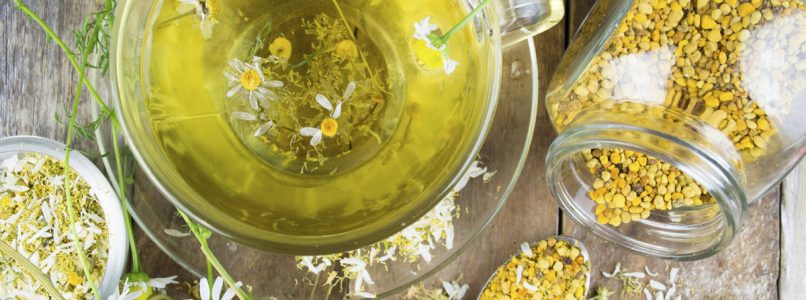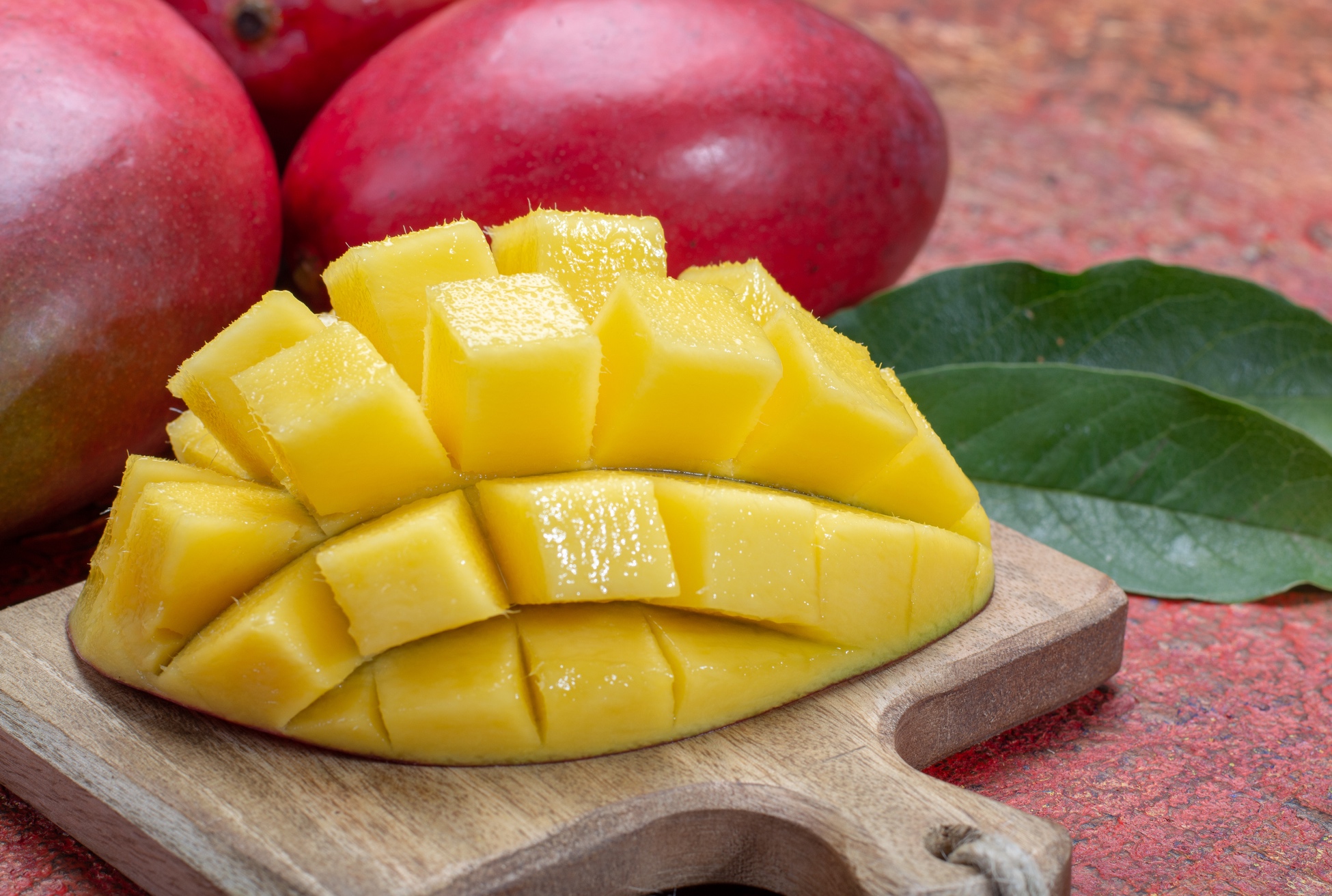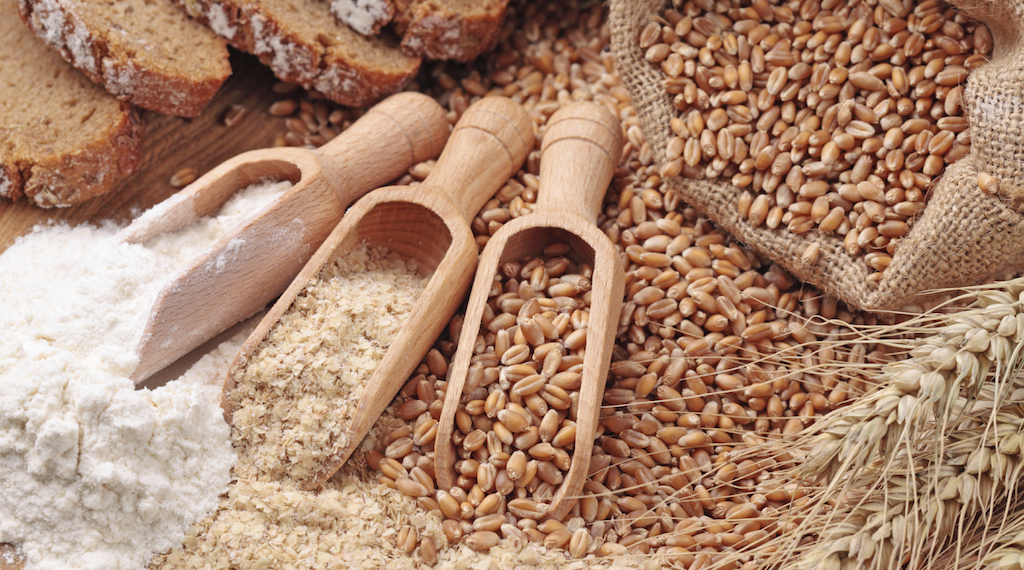All the illnesses go by with a hot cup of chamomile, the grandmothers said. But do you know that chamomile is also a very versatile ingredient in the kitchen?
There are many species of chamomile even if the most used are the Matricaria chamomilla (or Matricaria recutita) also known as "German chamomile" and la Anthemis nobilis (or Chamaemelum nobile) also called "Roman chamomile".
Matricaria chamomilla has been known since ancient times and the ancient Egyptians already used it extensively.
In the past the flowers of this plant were used as tobacco.
Curiosity about chamomile
The word chamomile derives from the Greek word khamaimelon, which means small apple because in fact this flower recalls the scent of this fruit and also in Spanish, chamomile is called manzanilla that is "little apple".
Chamomile is an annual herbaceous plant that can be found a little everywhere in uncultivated land, in dry and stony areas up to 500 of altitude, and has an erect stem that reaches a height of 50 cm.
It is not easy to recognize chamomile because it is often confused with other similar small flowers. We can say that three are its structural characteristics: the flower petals at the end of the flowering are turned downwards, the floral receptacle is conical and hollow inside and the leaves are engraved
How to preserve chamomile
The flowers must be picked at the beginning of flowering, when the heads are not yet well hatched and white in color.
If the product is destined for distillation to obtain essential oils, it is used fresh or as soon as it is wilted and the whole plant is generally picked (leaves, stem, flowers).
The flowers must be dried quickly in a dry, dark and ventilated place to avoid the formation of mold and the blackening of the plant with consequent loss of its characteristics.
They are kept in glass containers protected from light for a year and no more because then they lose their fragrance.
How to use chamomile in the kitchen
With chamomile flowers infusions are used that are notoriously used for their mild sedative virtues. The plant has no active hypno-inducing ingredients, but antispasmodic properties, such as lemon balm, ie it produces muscle relaxation thanks to the presence in its phytocomplex of flavonoids (eupatuletin, quercimetrin) and coumarins.
Chamomile is used in the kitchen to prepare excellent infusions with a calming effect. With the Matricaria a sweeter and more delicate taste is obtained, while the Anthemis nobilis remains more bitter.
With chamomile you can flavor jams, candies and ice creams as well as liqueurs, such as vermouth and you can prepare some very tasty recipes such as risottos, fish salads, soft cakes for breakfast, sweet creams and biscuits.
Furthermore the fresh flowers are the perfect decoration for many dishes both sweet and savory because they are small and very elegant in their simplicity.
Camomile dressing
2 tablespoons of fresh chamomile flowers
2 tablespoons of extra virgin olive oil
half a squeezed lime
1 tablespoon of honey
salt and pepper
Quickly mix all the ingredients, creating an emulsion to dress salads or fish carpaccio.
The recipes with chamomile tried in the editorial staff of La Cucina Italiana


